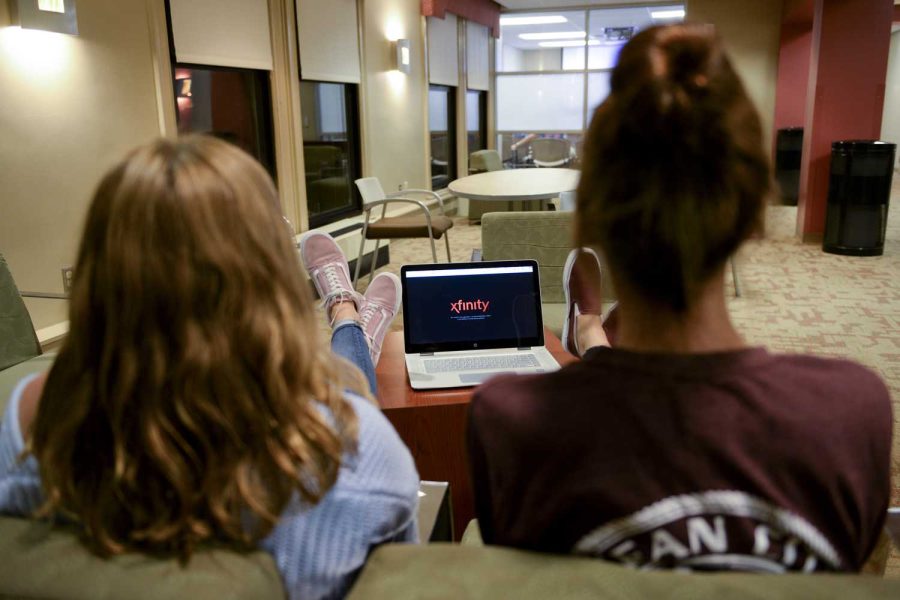The Bigger Picture | ‘Euphoria’ watch parties and streaming economics
The Bigger Picture is bi-weekly blog diving deep into culture and analyzing it from a sociological standpoint.
February 21, 2022
Unless you’ve been living under a rock since early January, you’ve probably heard about “Euphoria” and “Abbott Elementary.” These two wildly different shows have been absolutely dominating social media conversations, meme cycles and watchlists all season long.
Superfans of the shows gather each week to witness the episode premieres in watch parties. The fandom appears to have spilled out into the party scene. If, on a Friday or Saturday night, you see someone going out with fluorescent makeup and an outfit that looks like it’s from a sci-fi film, there’s a good chance that person is attending a “Euphoria”-themed party.
It feels like there has never been more hype around a pair of shows than ever before, so what’s happening? We’re experiencing a shift in how we consume television. As we revert to the weekly drop model of consuming TV, the amount of time a show is on our minds is extended from the time immediately after a season drops to throughout the months it is airing, and as a result, the show has a better chance of picking up fans along the way.
Long long ago, when network television was a weekly ritual, the television watch party was a part of everyday life, as depicted in an episode of NBC’s “The Office”.
But when streaming took off, alongside the advent of direct-to-streaming television shows, everything changed. Suddenly, TV shows were released all at once instead of on a weekly basis. Our viewing habits also changed. In the late 2010s, it became commonplace to watch most of all of a series in a very short amount of time. This practice was better known as binge-watching, which even got an entry in the Webster dictionary in 2017.
Like MoviePass, Vine and cheap Ubers, binge-watching was great until it wasn’t. Once Hollywood became a streaming town, studios and distributors realized it wasn’t sustainable to spend nine months filming a show only for it to be watched and talked about for a week. Something needed to change if we consumers were going to subscribe to streaming services for longer than it took to watch all of our favorite shows.
So Hollywood turned on binge-watching. The Netflix marketing department quietly used the term less and less in its advertisements. Their press department told actors not to talk about it when doing promotional tours. According to a researcher at nearby Carnegie Mellon University, platforms have created a profitable level of demand for an ultimately unprofitable level of supply.
Although many shows on streaming platforms still release entire seasons at a time, we’ve yet to see TV as impactful as “Euphoria” and “Abbott Elementary” for quite some time. As the saying goes, the more things change, the more they stay the same. While we might never have cable packages and live TV in our lives again, it looks like our habits will continue to mirror the ones we had before streaming took over.
Colin examines and analyzes everyday life in the modern world. Reach out to him at CMK172@pitt.edu.



